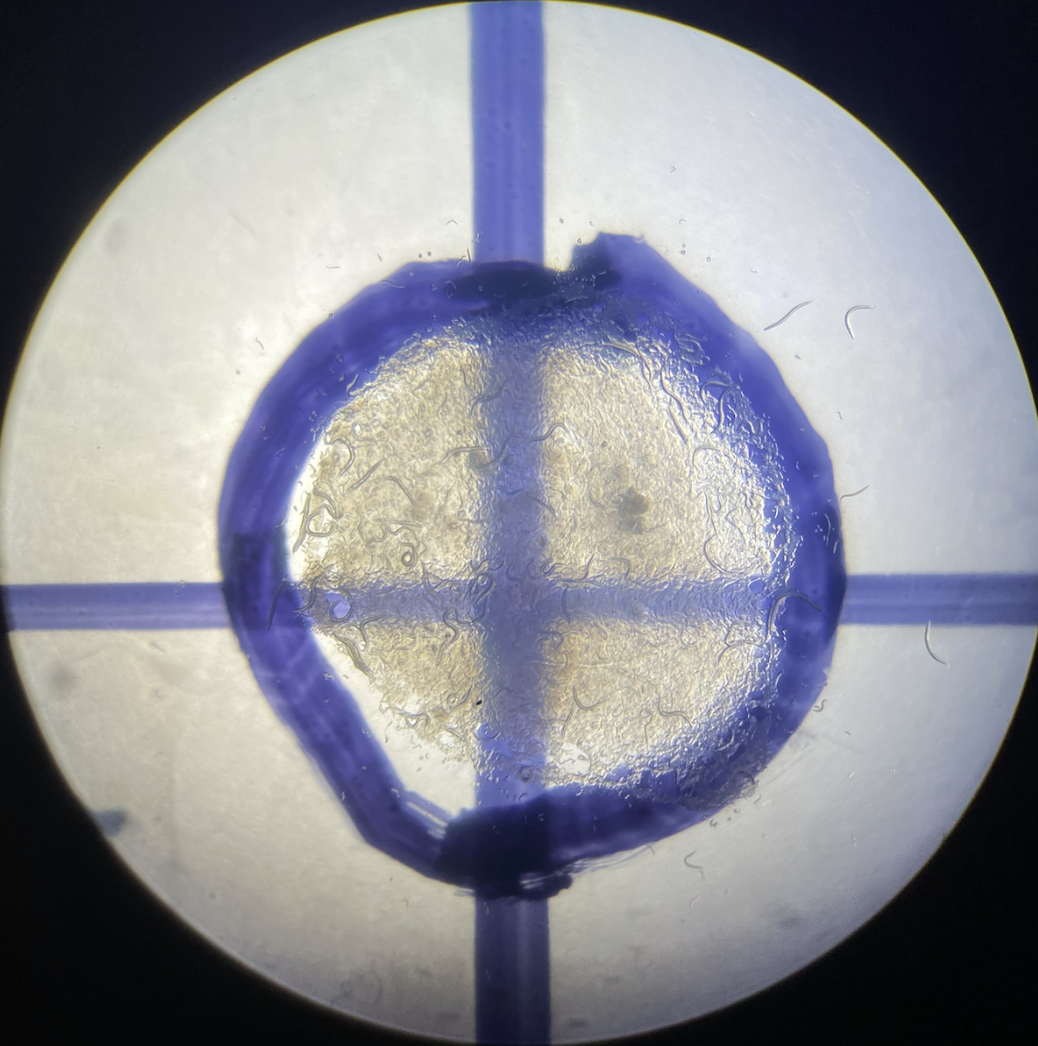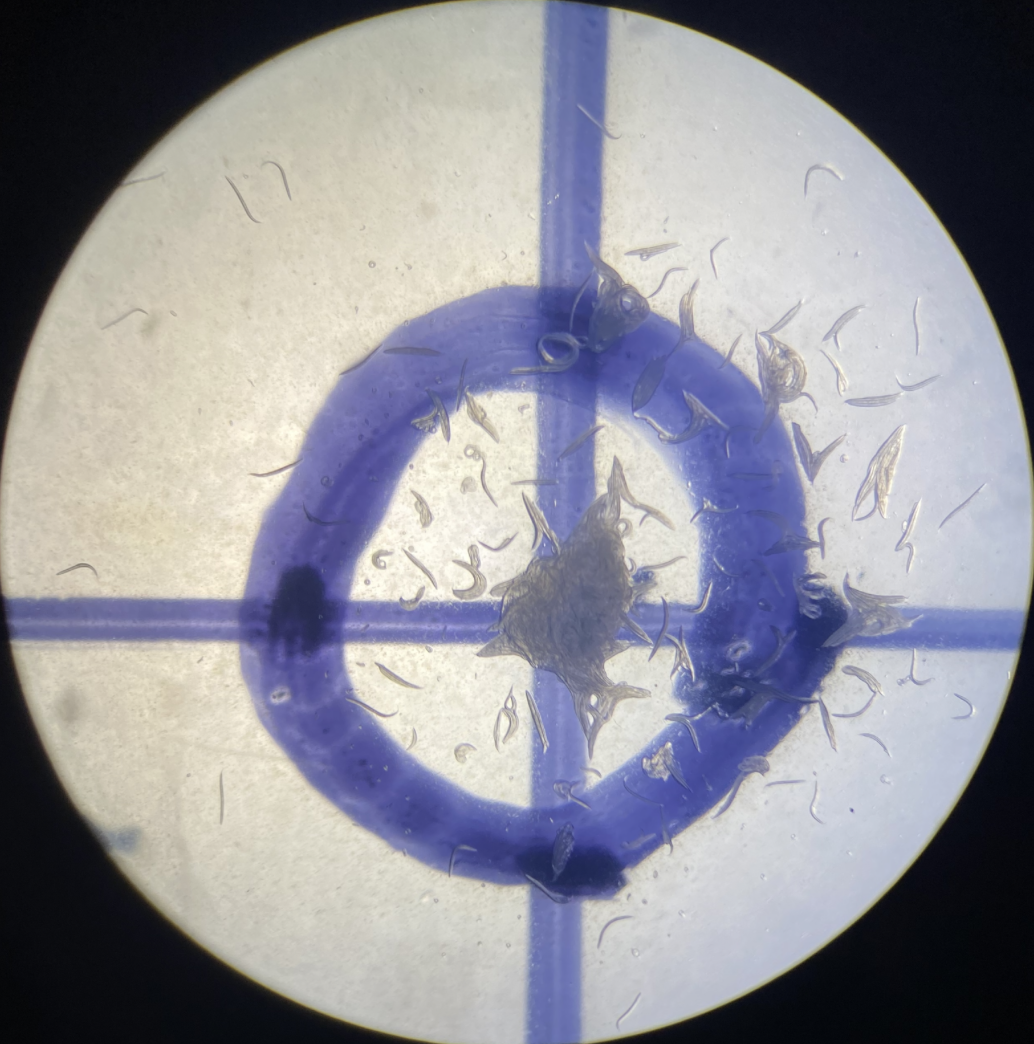My Research
Drugs: When Are They Safe and When Are They Not?
In 2017 alone, nearly 20 million adults in the U.S. struggled with problems associated with substance use disorder: 20 MILLION. I’m not emphasizing this fact to bring attention to it because we as a society have been making steps in the right direction, but rather I’m emphasizing it because addiction isn’t just a political issue for people to argue about on the news: it’s a serious medical concern, like cancer or dementia. Oh, addiction is just the wrong people at the wrong place and time, starting bad habits…If they cared about themselves they would just stop. For all of you thinking that, and I know a lot of you are, I’m here to tell you you’re wrong.
Addiction is not a mindset; it is a disease that alters the brain over time, leading to dependence on certain substances. The brain has its own reward system to encourage activities that improve our survival which is controlled by the release of dopamine. Addictive substances like drugs exploit the system by providing an excess of dopamine which psychosocially creates dependence, the same reason why we depend on food or human interaction. Think of it like this: you eat a chocolate bar or hangout with your friends, and obviously you feel happy afterward. This happiness makes you crave chocolate or long to meet your friends again. Evolutionarily speaking, dopamine has pushed our ancestors to find food and mates. The same happens with drugs. Just as if you would be down or become hangry after not eating for a while, the effect is amplified when patients are cut off from drugs. Unfortunately, in my time as an EMT, I’ve also found that most people that abuse substances do so after surgery; it truly is heartbreaking. So, I went on a journey – a journey to find out the dangers that may lie where we least expect it – in the aisles of your closest CVS or Walgreens.
Much has been said about opioids and other illicit drugs and they seem to always be on the news, but any substance—even over-the-counter (OTC) medicines—can become addictive if abused. But people rarely talk about these drugs. OTC drugs are easily available and can get extremely addictive if taken in large quantities. This basically means that people often start their addiction with such OTC drugs, some of the common ones being dextromethorphan found in cough medicines, pseudoephedrine in cold medicines, and dimenhydrinate in the pills meant to prevent motion sickness. Drugs like these are often a danger with teens, who can easily buy them and the dopamine from these push them to more dangerous drugs, like said opioids.
For my experiment: I chose Dextromethorphan and the C. elegans organism to conduct my experiment. Why? Dextromethorphan, also called DXM, is simply a dissociative hallucinogen known to impair associative learning at high dosages. To see why that’s important, we have to look at the C. elegans. The model organism, Caenorhabditis elegans, is often used to study the neurological behaviors of humans as they share 70% of their genes with humans and can be easily used to study…you guessed it…associative learning. These nematodes have been shown to have preferences for stimulants and common drugs like cocaine and methamphetamine, proving them to be a good organism to study addiction.
So, I set up a chemotaxis assay to test whether DXM is addictive in nature. Well Priyanka, what’s a chemotaxis assay?! Give me a second, I’m getting there.
Previous studies have shown that C. elegans display associative learning: when starved in the presence of a substance (sodium chloride), when later given the option between E. coli (their food) and salt, they repel the salt because they associate it with starvation. In this experiment, some worms were starved with a cough medicine solution containing DXM. As a result, during chemotaxis assay, such worms would be expected to repel the cough medicine solution in a manner similar to their previous responses to sodium chloride.
Results showed a severely impaired movement of the C. elegans worms starved in the presence of cough medicine compared to non-starved worms. The nonstarved worms moved away from the cough medicine toward the control substance (E.coli), but starved worms showed a tendency to move toward the same cough medicine with which they were starved. This meant that the starved worms displayed an increase in preference for the cough medicine, indicating…addiction. Not only did they show signs of addiction, but their locomotive function had been significantly decreased as compared to those that hadn’t been..well… drugged.
All that this shows: OTC drugs are addictive, just like any other known substance of abuse. The results were statistically significant at a p-value of 0.014, (<0.05 means the data is significant) indicating that there is a difference between the starved and the non-starved group.
The results bring out the possibility of addiction to OTC medications, which gets exponentially scarier when we realize just how easy they are to get and how little people talk about it. This calls to the urgency to increase public education on the dangers of OTC drug abuse, especially for teenagers. We as a society have to stop labeling things as “not so dangerous” because even the smallest level of danger can even lead to fatal outcomes.
“Drugged“ Worms
Control Worms


